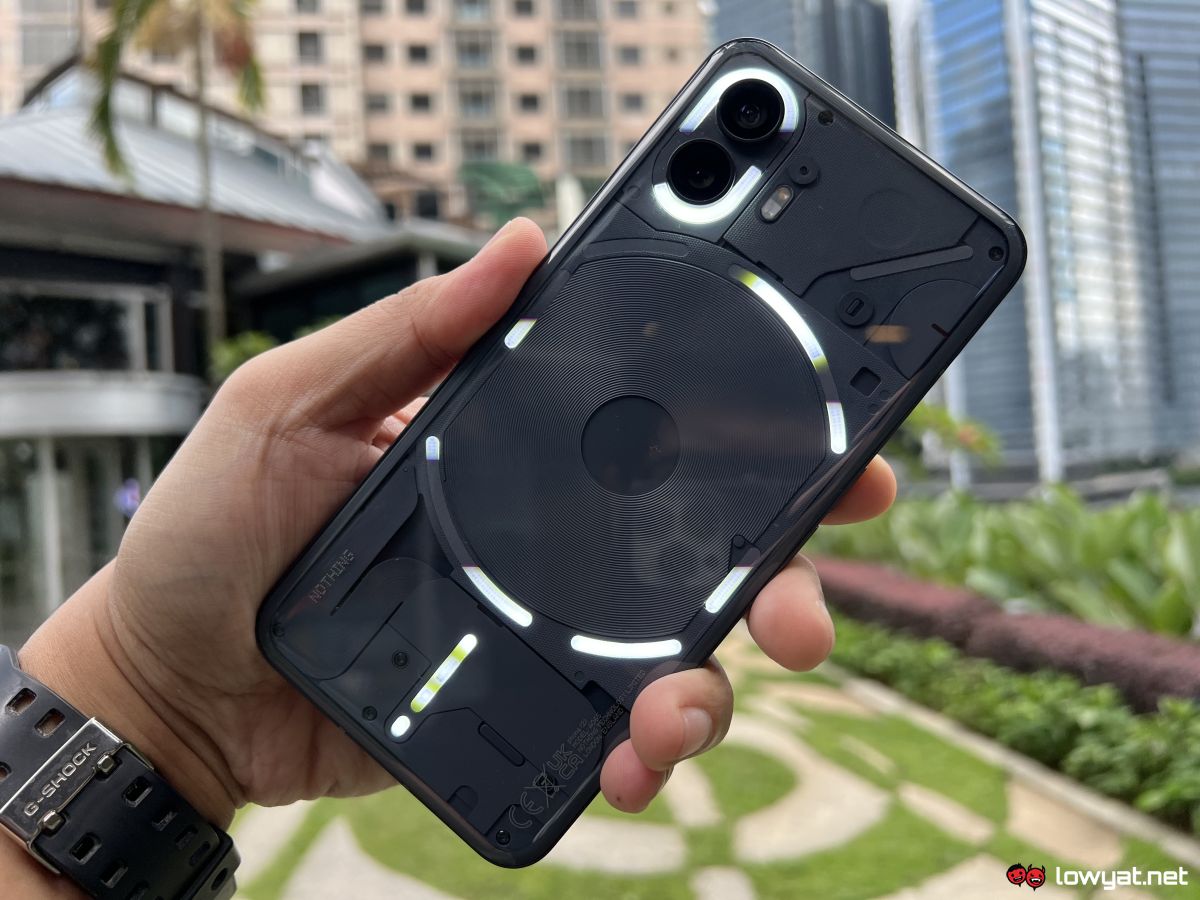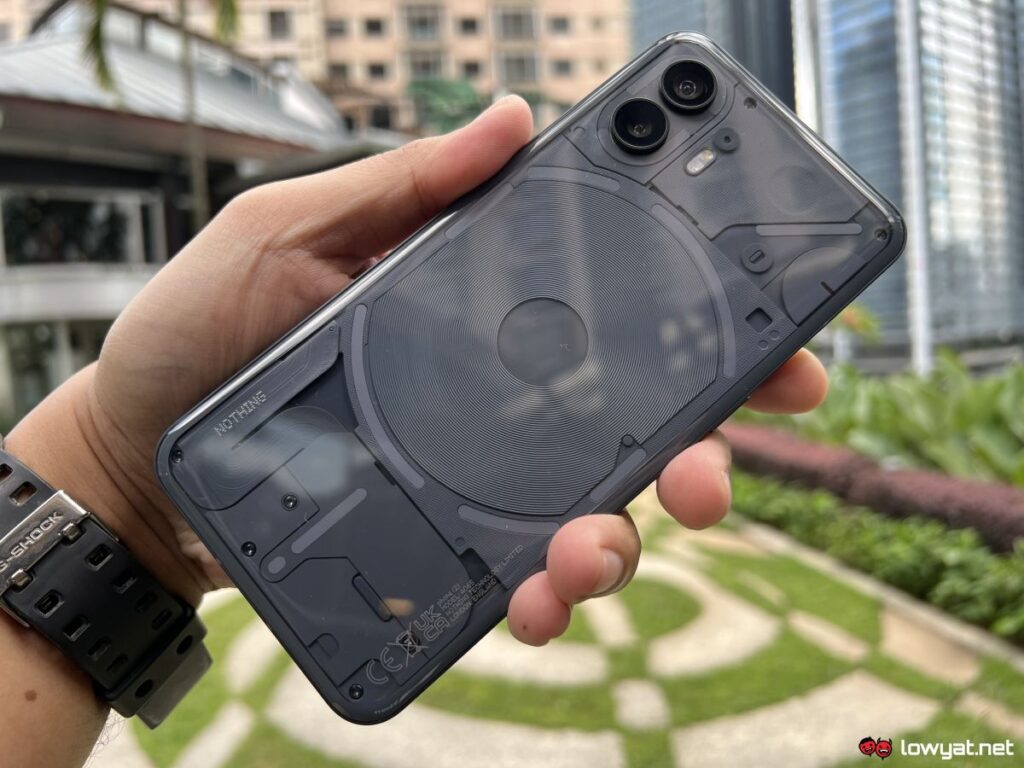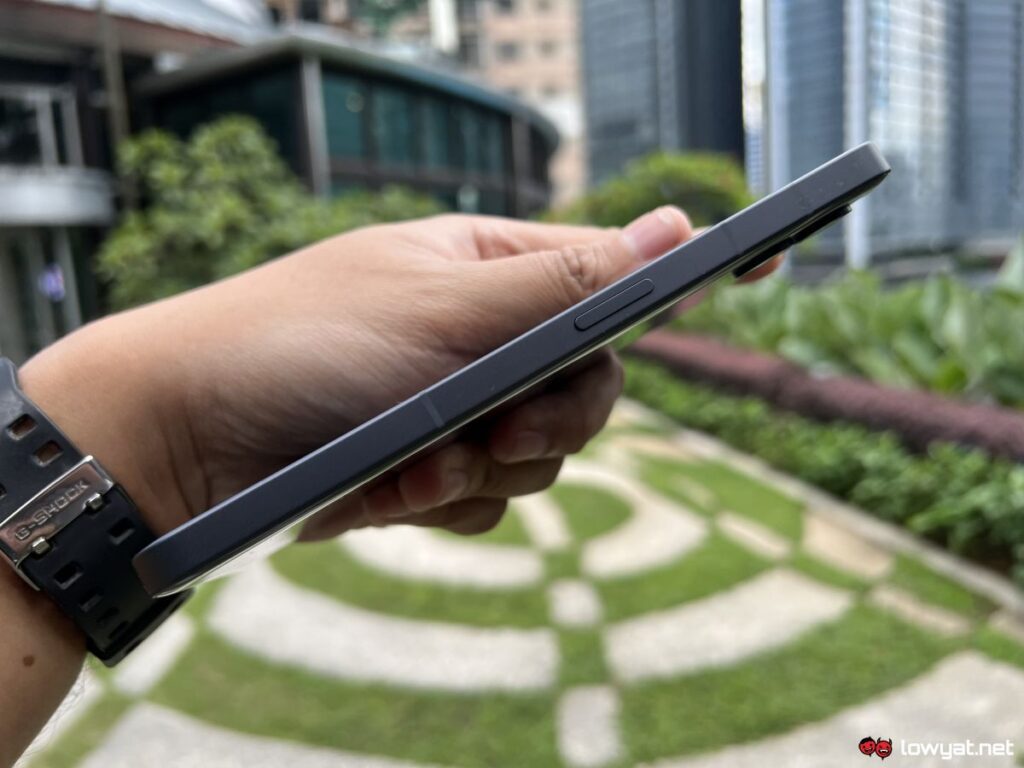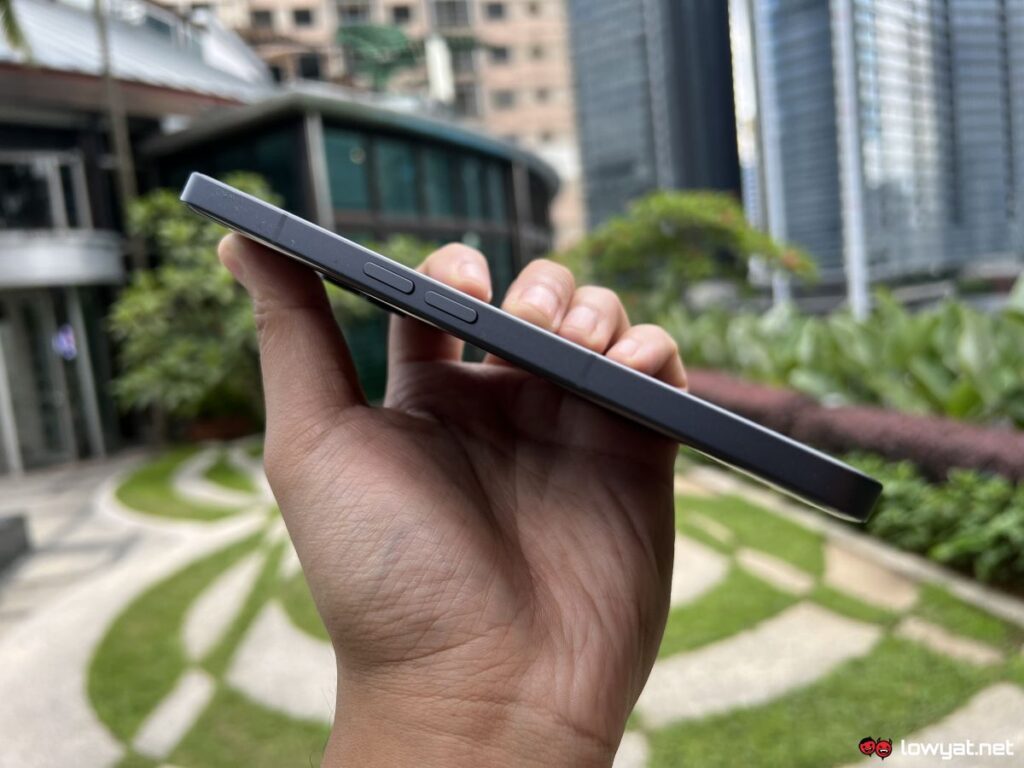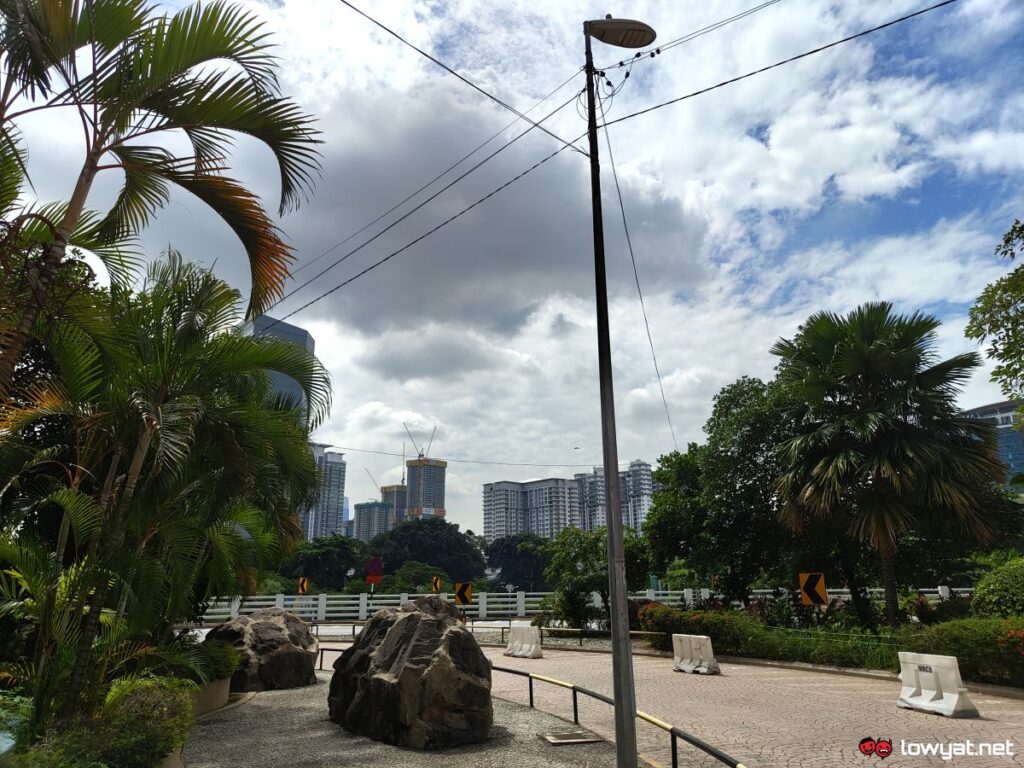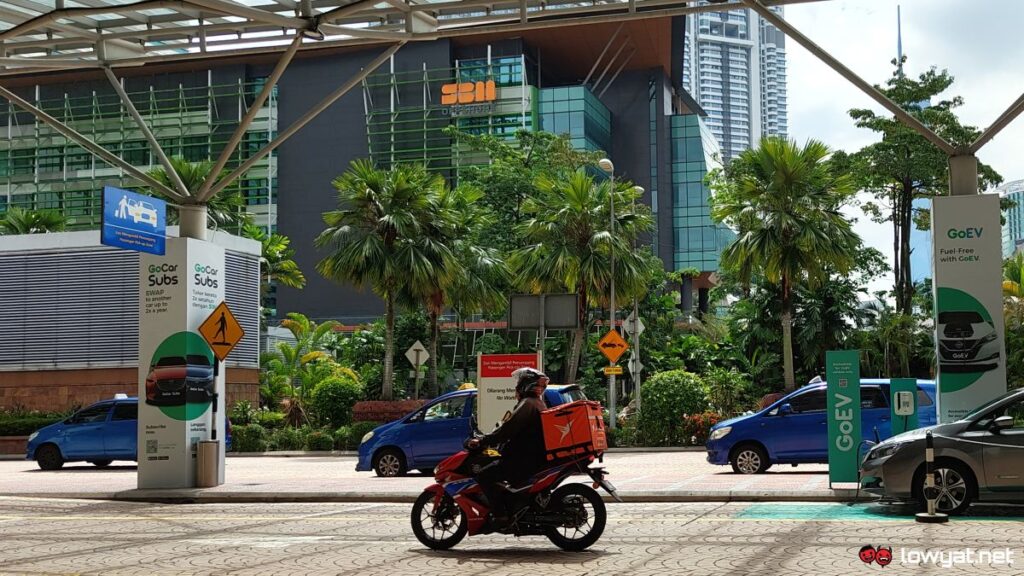Ever since the debut of its first product – the Ear (1) – back in 2021, Nothing has made it clear (no pun intended) that it wants to offer tech consumers something completely different, yet still familiar at the same time. Its biggest attempt at this was with its first ever smartphone, the aptly named Phone (1) that was released last year, which featured the company’s signature design language and a unique lighting system that’s still not offered anywhere else.
While the handset did catch the attention of many thanks to its out-of-the-norm looks, gimmicks and price range, it was still overshadowed by other devices – especially those under the premium and flagship categories. However, this did not stop Nothing from developing its second smartphone, the Phone (2), which recently saw a global launch last night. This time around, the company has taken several steps forward by introducing major improvements over its predecessor, even more so in the software and features department.
Design-wise, I don’t blame you if you mistaken the Phone (2) for last year’s model, as it pretty much retains the same look. When asked about this, Nothing explained that the decision to not introduce any drastic changes was intentional in order to establish brand identity. That being said, there are actually some differences on the newer model’s design.
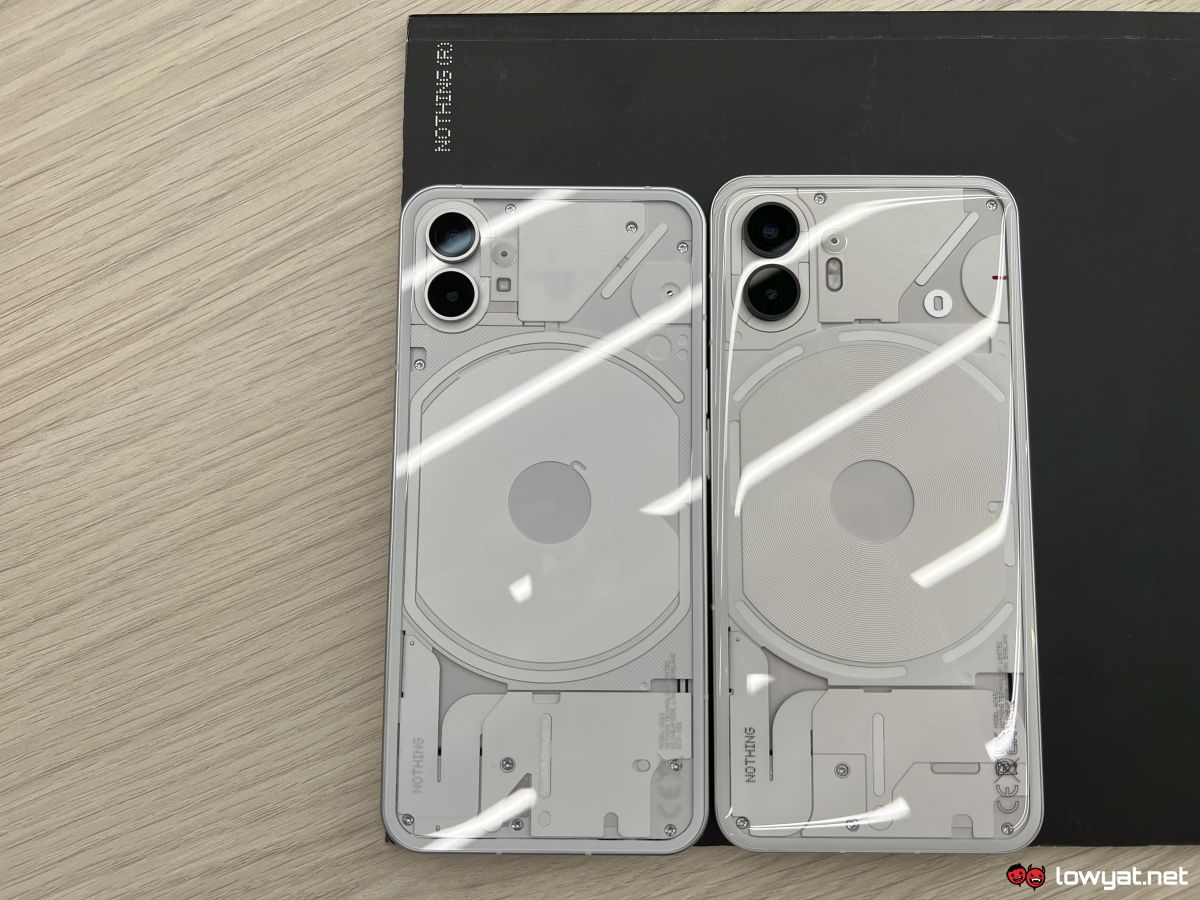
Then there’s the upgraded Glyph interface that’s now been segmented into 11 LED strips with 33 lighting zones, allowing for even more dynamic effects as well as added functionalities. It’s also worth noting that Nothing has added a new light sensor in the back, which helps the phone to automatically adjust the intensity of the Glyphs depending on current lighting conditions. In other words, the phone’s rear lights are no longer too distracting or blinding, especially in darker environments – unless you intentionally want to use them as a torch. Speaking of which, accessing this particular feature is much easier now, as the company has included a toggle for it in the Quick Settings pull-down menu.
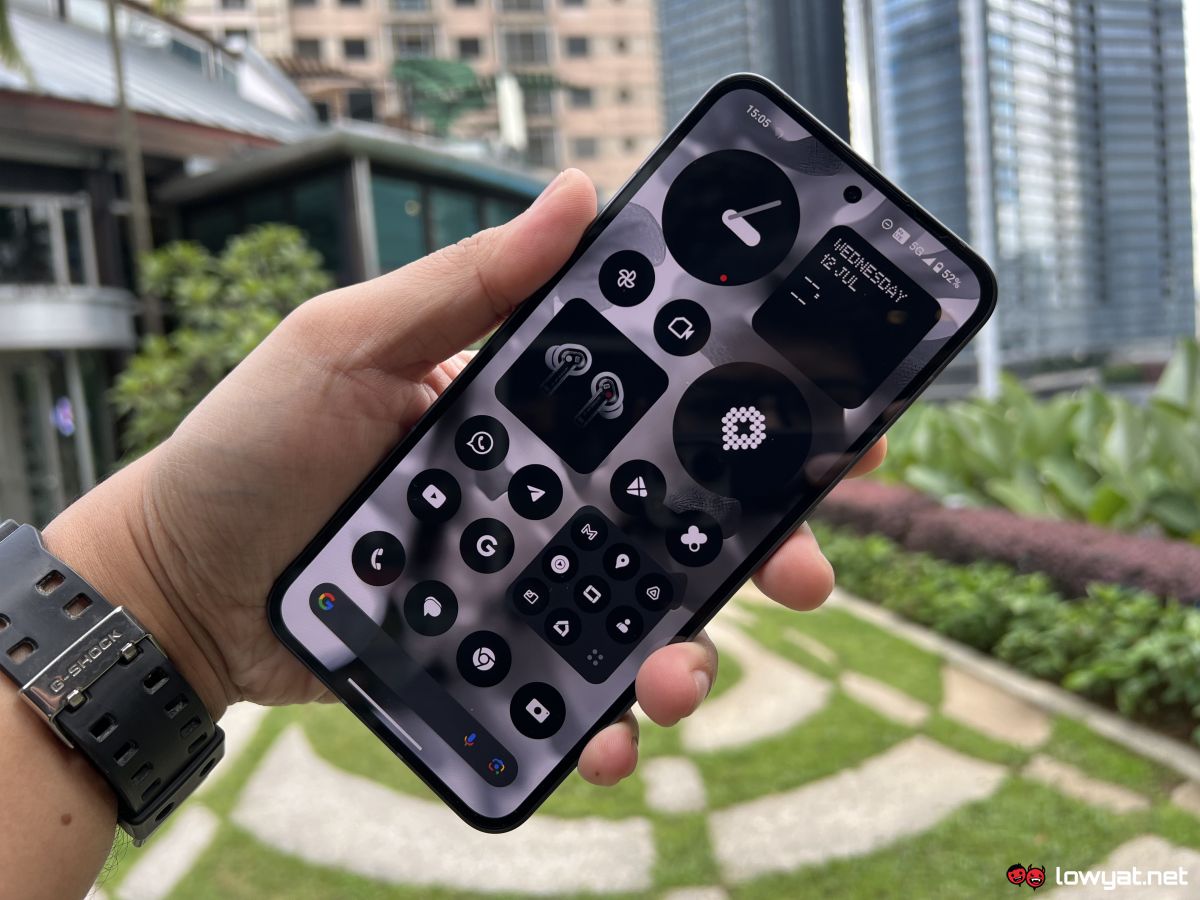
On the software side of things, the company went with a monochrome theme for its Nothing OS 2.0 Android interface, which is more in line with its overall branding. Personally, I’m very much onboard with this approach as I did find that the bright wallpaper and multi-coloured icons on the first iteration of the system that was featured on last year’s model felt out of place. Of course, you’re not forced to use the default theme on the Phone (2), and you can customise these to your liking if you fancy a more colourful interface.
Meanwhile, several built-in features such as the first-party audio recorder app and Glyph customisation tool from the Phone (1) make a return on the next generation handset. As before, the latter lets you choose between several preset ringtones and lighting effects, as well as assigning specific ones to certain contacts. But if you want to take it a step further, then consider playing around with the new Composer tool which gives you the ability to create and even share your own custom-made tones and Glyph effects.
Navigating through the UI as well as launching and handling multiple apps simultaneously feels silky smooth, thanks to the onboard Snapdragon 8+ Gen 1 chipset. Granted, it’s not the latest, but it is the most optimised version of last year’s flagship SoC by Qualcomm. This is something Nothing CEO Carl Pei has previously insisted on, and it looks like the company would continue using this approach for its future smartphone releases moving forward.
Last but not least, we have the Phone (2)’s imaging capabilities. To recap our coverage of its global launch, Nothing’s latest handset comes equipped with dual 50MP sensors for its primary and ultra-wide cameras, while housed within the cutout on its display is a 32MP selfie shooter. Even though the specifications for the rear cameras are identical to its predecessor, the company assures that the imaging system on the newer model has been vastly improved.
Below are some sample photos taken with the Nothing Phone (2):
Unfortunately, I can’t share my thoughts on the handset’s cameras just yet, and the same can be said for its overall performance and battery capabilities. For that, you’ll have to wait for my full review of the Nothing Phone (2), where I’ll be providing a more in-depth look at its offerings.
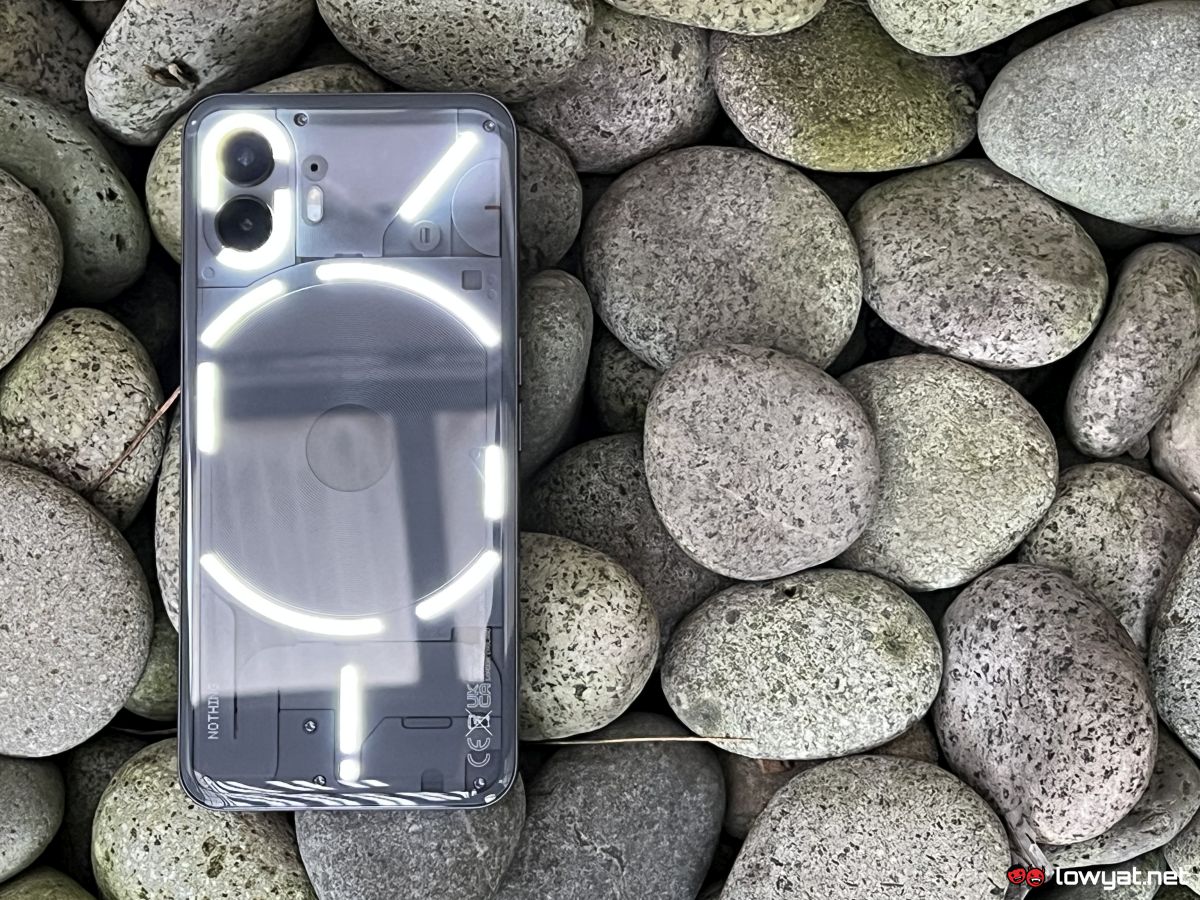
And just in case you missed it, Nothing’s latest smartphone is slated to launch in Malaysia this Friday on 14 July 2023. For its local release, the company has recently confirmed that the Phone (2) will be offered in two memory configurations: 12GB + 256GB and 12GB + 512GB.
Follow us on Instagram, Facebook, Twitter or Telegram for more updates and breaking news.

